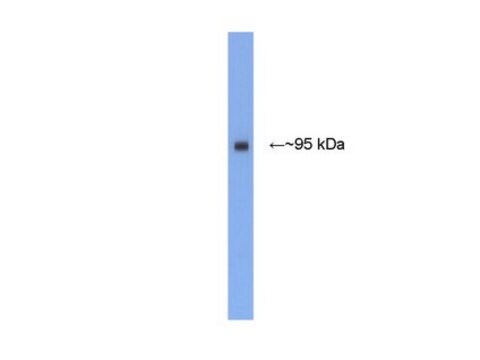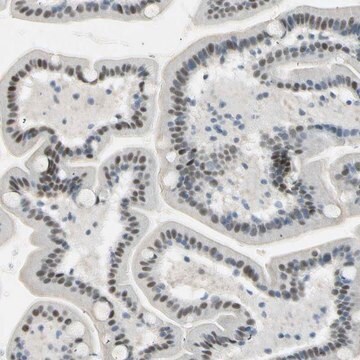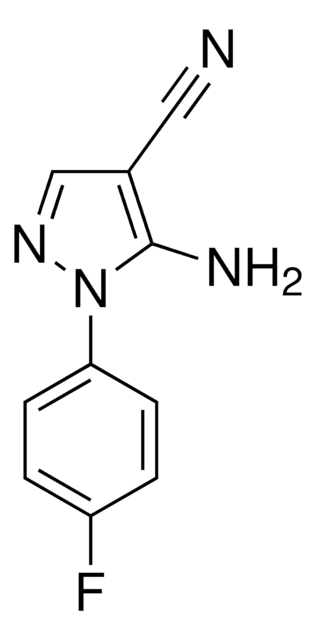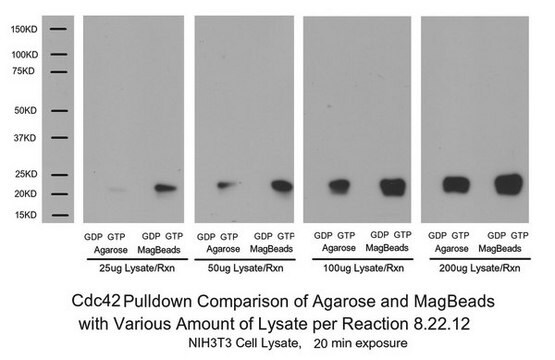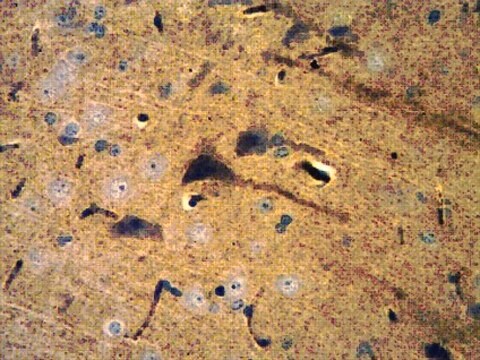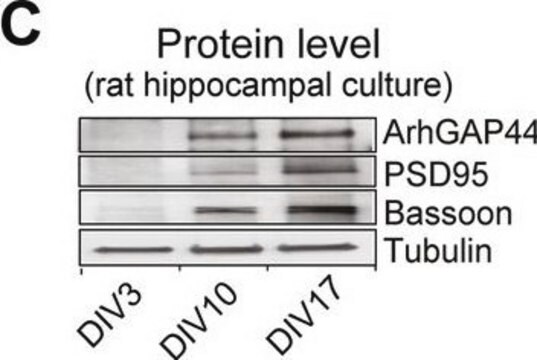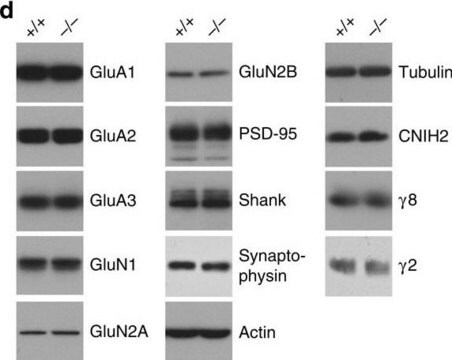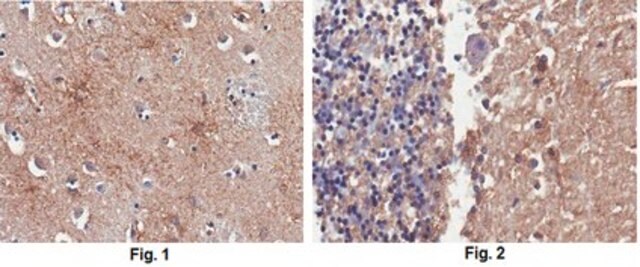MAB1598
Anti-Post Synaptic Density Protein 95 Antibody, clone 7E3-1B8
clone 7E3-1B8, Chemicon®, from mouse
Synonim(y):
PSD-95
About This Item
Polecane produkty
pochodzenie biologiczne
mouse
Poziom jakości
forma przeciwciała
purified immunoglobulin
rodzaj przeciwciała
primary antibodies
klon
7E3-1B8, monoclonal
reaktywność gatunkowa
bovine, rat, mouse
reaktywność gatunkowa (przewidywana na podstawie homologii)
human
producent / nazwa handlowa
Chemicon®
metody
immunocytochemistry: suitable
immunoprecipitation (IP): suitable
western blot: suitable
izotyp
IgG1
numer dostępu UniProt
Warunki transportu
dry ice
docelowa modyfikacja potranslacyjna
unmodified
informacje o genach
bovine ... Dlg4(100137840)
human ... DLG4(1742)
mouse ... Dlg4(13385)
rat ... Dlg4(29495)
Opis ogólny
Specyficzność
Immunogen
Zastosowanie
A previous lot of this antibody was used in IC.
Immunoprecipitation:
A previous lot of this antibody was used in IP.
Optimal working dilutions must be determined by the end user.
Jakość
Western Blot Analysis:
1:500 dilution of this antibody detected PSD-95 on 10 µg of Mouse brain lysates.
Opis wartości docelowych
Powiązanie
Postać fizyczna
Komentarz do analizy
Mouse brain, rat brain tissue
Inne uwagi
Informacje prawne
Nie możesz znaleźć właściwego produktu?
Wypróbuj nasz Narzędzie selektora produktów.
polecane
Kod klasy składowania
10 - Combustible liquids
Klasa zagrożenia wodnego (WGK)
WGK 2
Certyfikaty analizy (CoA)
Poszukaj Certyfikaty analizy (CoA), wpisując numer partii/serii produktów. Numery serii i partii można znaleźć na etykiecie produktu po słowach „seria” lub „partia”.
Masz już ten produkt?
Dokumenty związane z niedawno zakupionymi produktami zostały zamieszczone w Bibliotece dokumentów.
Nasz zespół naukowców ma doświadczenie we wszystkich obszarach badań, w tym w naukach przyrodniczych, materiałoznawstwie, syntezie chemicznej, chromatografii, analityce i wielu innych dziedzinach.
Skontaktuj się z zespołem ds. pomocy technicznej